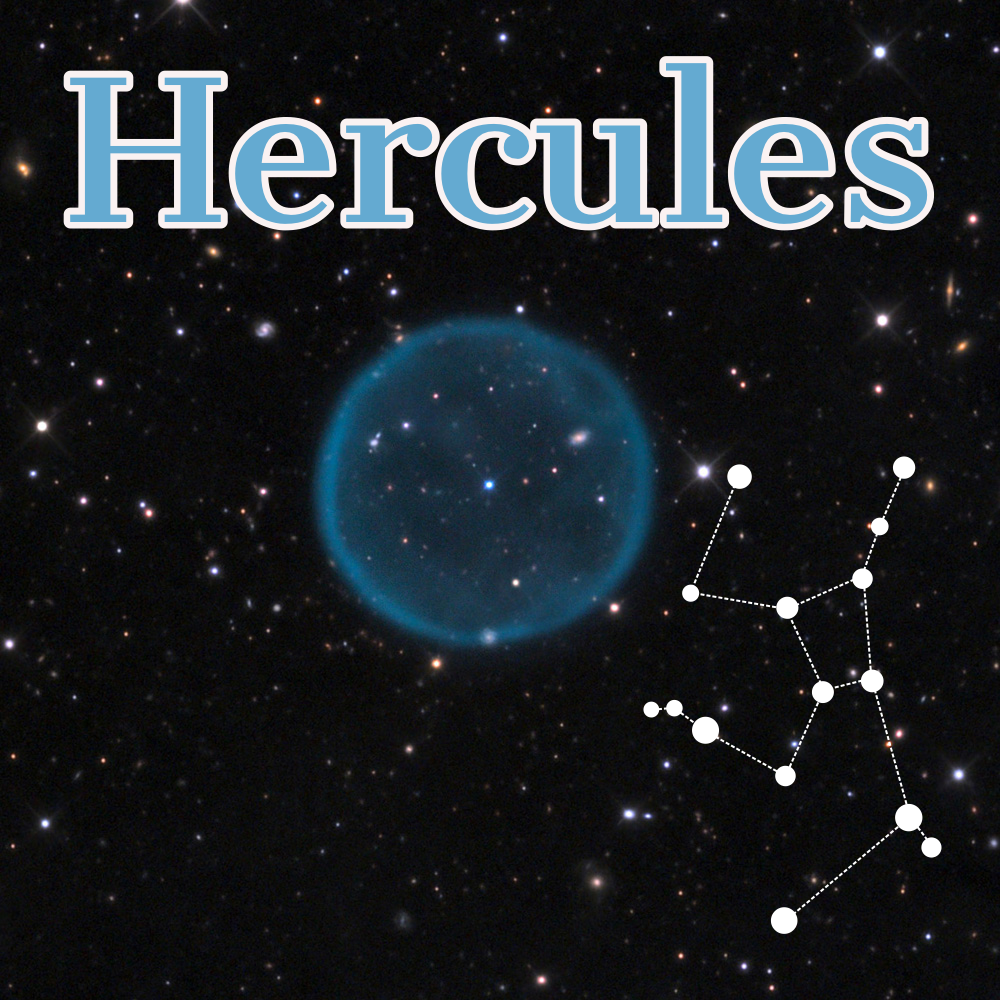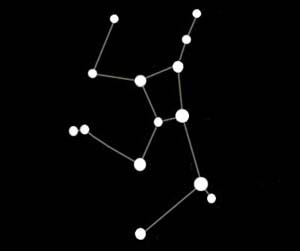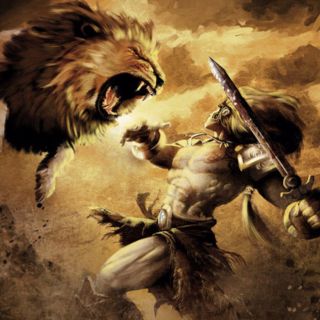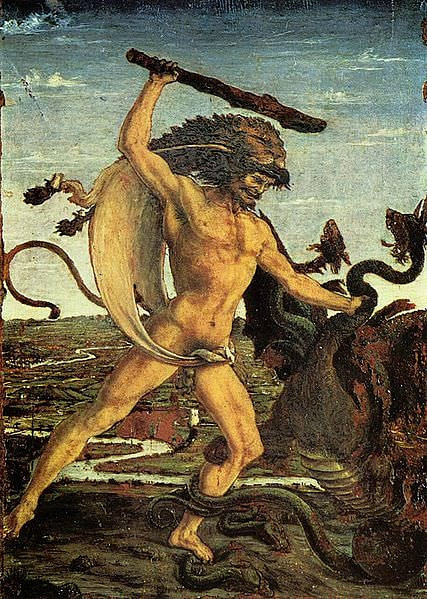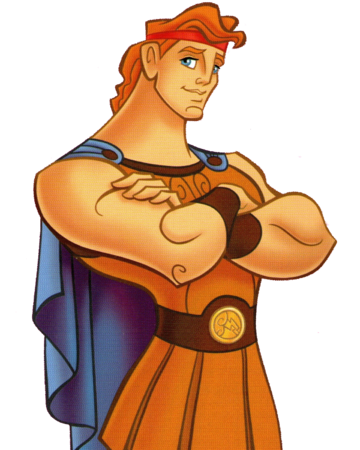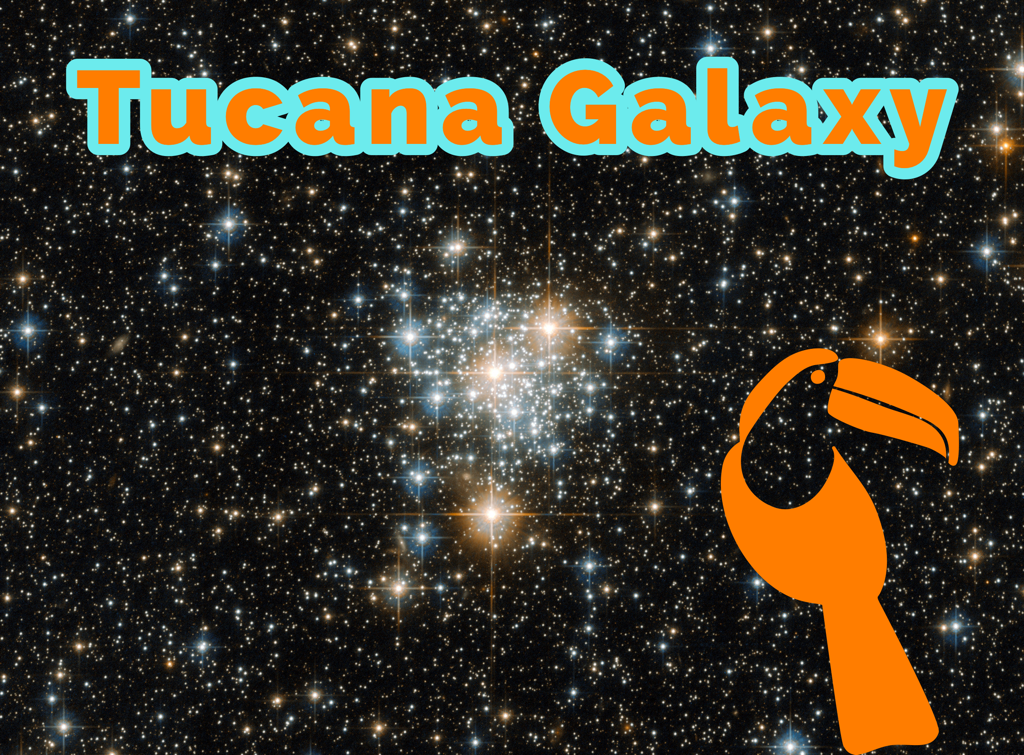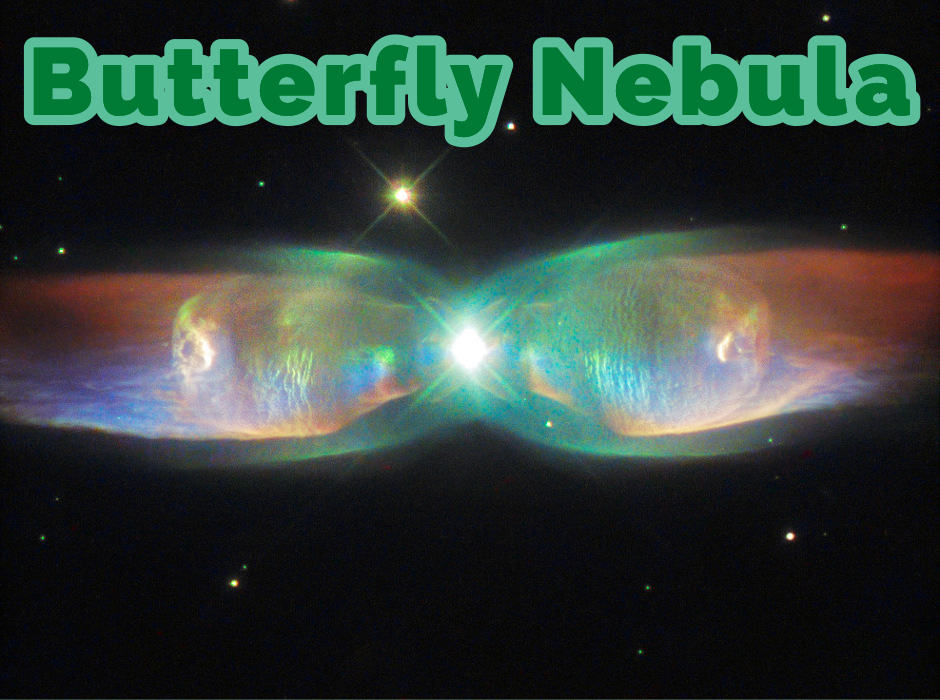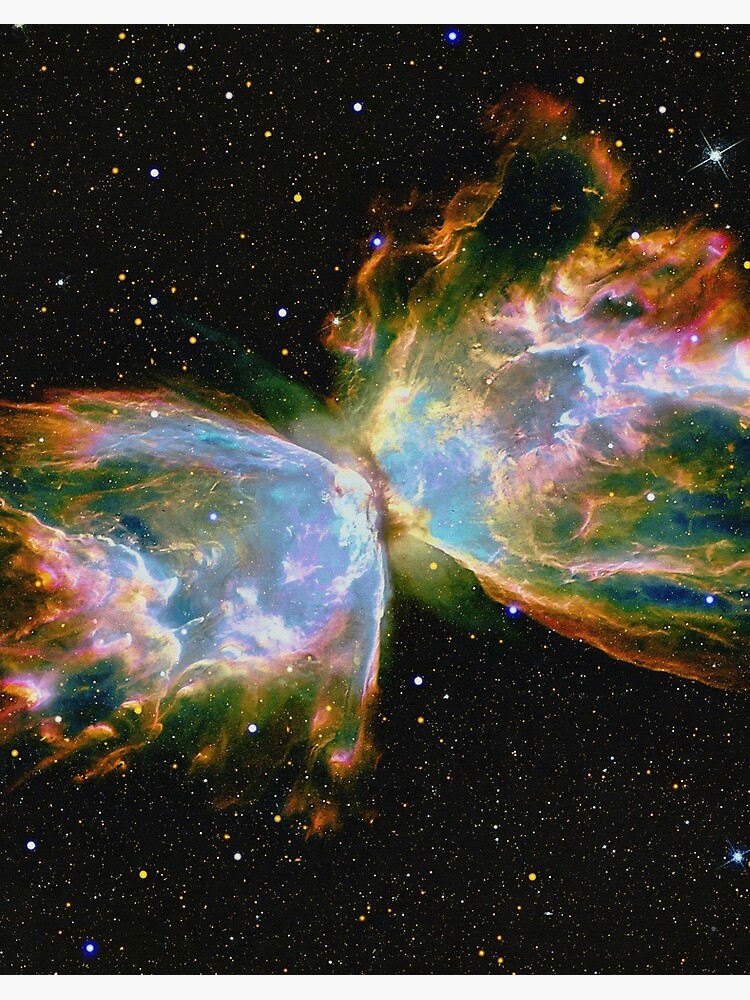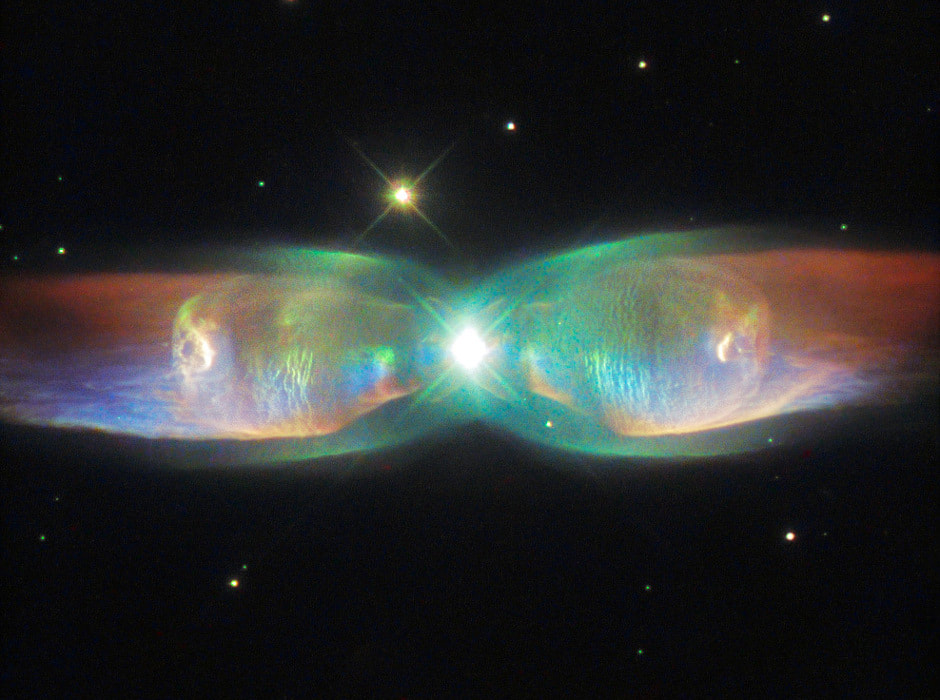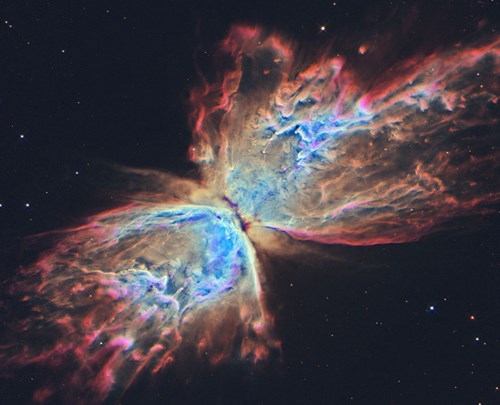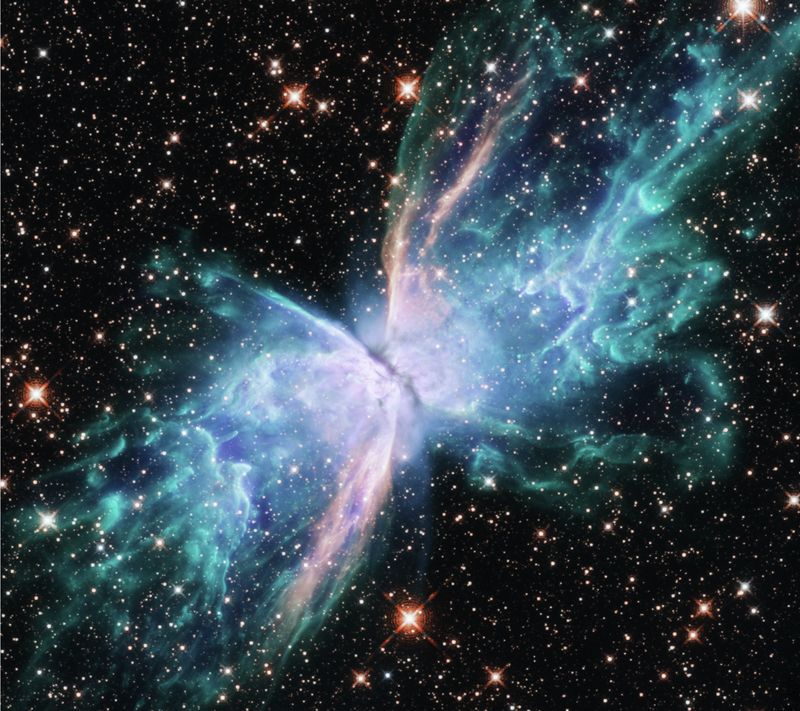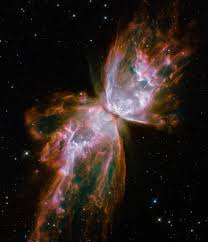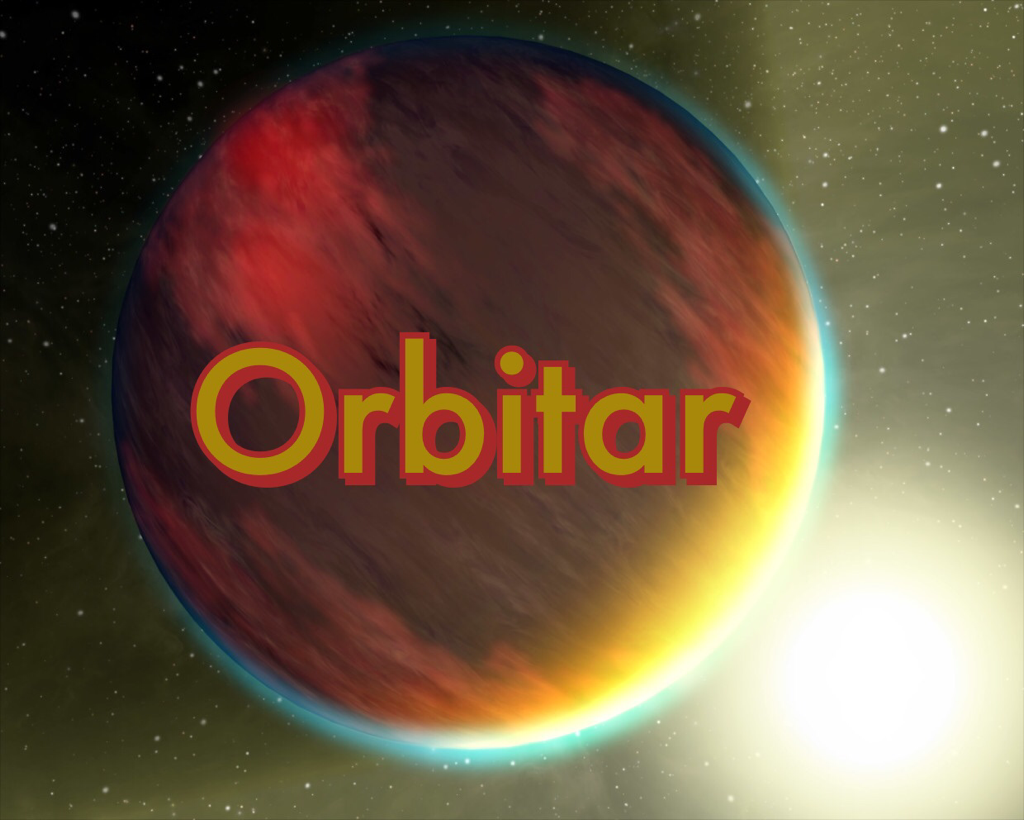|
Introduction
Hercules, honey you mean Hunkules, our story, Hercules, also known as Heracles, is a constellation in the night sky that borders Draco, Corona Borealis, Aquila, Boötes, Lyra, Sagitta, Serpens Caput, Vulpecula and Ophiuchus. Hercules has 14 to 22 Main Stars and 15 of its stars has planets. The brightest star in Hercules is Kornephoros (Beta Herculis). Information about Hercules Stars inside the Hercules are: Alpha Herculis (Ras Algethi, Rasalgethi), Beta Herculis (Kornephoros, Korndeforos, Rutilicus), Zeta Herculis, Delta Herculis, Delta Herculis, Epsilon Herculis, Eta Herculis, Kappa Herculis, Gamma Herculis, Omega Herculis, Lambda Herculis, Iota Herculis, Theta Herculis, Mu Herculis, Rho Herculis, Xi Herculis, Tau Herculis, 14 Her, Furuhjelm 46, Omicron Herculis, HD 155358, GSC 03089-00929, 109 Her, 68 Her, GSC 02620-00648, Phi Herculis, Sigma Herculis, Nu Herculis, HD 149026, WISEPA J174124.26+255319.5, 30 Her, 95 Her, Chi Herculis, Herculis X-1, HD 154345, HD 147506, 99 Her, GD 362, BD+17°3248, Upsilon Herculis, Ross 640, 32 Ophiuchi, HD 156668, 111 Her, 45 Her, 110 Her, HD 164922, WISEPA J180435.40+311706.1, 102 Her, WISEPA J173835.53+273258.9, 29 Her and HD 164595. Galaxies insides of Hercules are: Hercules (Hercules Galaxy, Hercules Dwarf), Hercules A, Zwicky's Triplet, Arp 272, NGC 6229, MCG+07-33-027, PGC 214560, NGC 6041, Ursa Major II Dwarf, Canes Venatici II, Crater 2 Dwarf, NGC 6207 and NGC 6166. More Information about Hercules Hercules was First Introduced as a constellation in The 100's by The Roman World Astronomer Ptolemy. In The Classical World and The Roman World, Hercules (Roman) or Heracles (The Classical World) was The Son of The King of The gods Zeus (The Classical World) or Jupiter (Roman). Hercules was known mostly for being the greatest of The Classical World/The Roman World Heros. His most fam ous story is the twelve labors which boosted his status to that of Legend! The Traditional Order of The Twelve Labors of Hercules follows: 1. Slay The Nemean Lion 2. Slay The Hydra 3. Capture The Ceryneian Hind 4. Capture The Erymanthian Boar 5. Clean The Augean Stables in one day 6. Slay the Stymphalian Birds 7. Capture the Cretan Bull 8. Steal The Mares of Diomedes 9. Obtain The girdle of Hippolyta, The Queens of The Amazons 10. Obtain the cattle of the three-bodied Giant, Geryon 11. Steal three of the golden apples of the Hesperides 12, Capture and bring back Cerberus, The Hounds of Hades, The Multi-Headed Canis of The Underworld
0 Comments
Introduction
Tucana Galaxy, also known as Tucana Dwarf or PGC 69519, is a dwarf spheroidal galaxy located inside The Tucana Constellation. Tucana Galaxy is 3.2 Million Light Years from Earth. Tucana Galaxy was discovered in 1990 by American Astronomer R.J. Lavery at The Mount Stromlo Observatory. Tucana Galaxy is made up by Old Stars who were around during The Milky Way Globular Cluster phase of existence. Introduction
Dagon World, also known as Dagon or Fomalhaut b, is an exoplanet located in The Piscis Austrinus Constellation. Dagon is around 25 Light Years away from Earth. Dagon orbits around The Type A Main Sequence Star Fomalhaut. Dagon is a small mass planet with an orbital period of around 1700 Earth Years and is 110 Astronomical Units away from Fomalhaut. Dagon was discovered on November 13th, 2008 by Kalas et al on The Hubble Space Telescope. It is uncertain what the nature of Dagon World is, due to unclear imaging. It would seem that Dagon is less than twice the mass of Jupiter and is surround in a dust and gas spherical cloud. On the other hand, Dagon could also be surrounded by debris from a recent collision of other celestial objects which is causing the appearance of a surrounding spherical dust cloud. Introduction
Butterfly Nebula, also known as Bug Nebula, Bipolar Nebula, NGC 6302, Caldwell 69, Sharpless 6, PK 349+01 1, Gum 60 and RCW 124, is a Bipolar Planetary Nebula/Emission Nebula located in The Scorpius Constellation. Butterfly Nebula is 3.4 Thousand Light Years from Earth. Butterfly Nebula has a radius of 1.5 Light Years. Information about Butterfly Nebula The Butterfly Nebula has been known to man since 1888 but was officially described in art in 1907 by American Astronomer Edward Emerson Barnard. It the center of The Butterfly Nebula lies its central star, which is one of the hottest stars known to this world. This star has a mass of 0.64 solar masses and has a surface temperature above 250,000 degrees Celsius or over 250273.15 Kelvin. This central star is a white dwarf and was discovered in 2009 by The Hubble Space Telescope. This white dwarf is the middle of the colossal hourglass shaped nebula known as Butterfly Nebula. Introduction
Orbitar, also known as 42 Draconis b or 42 Dra b, is an exoplanet located Draco Constellation. Orbitar is around 315 Light Years from Earth. Orbitar orbits a K Type Supergiant Star known as 42 Draconis. It takes 479 Earth Days for Orbitar to revolve around 42 Draconis. Orbitar was discovered on March 20th, 2009 by Doellinger et al which used the radial velocity method in order to find Orbitar. Orbitar was intially given the name 42 Draconis b and in 2014, The International Astronomical Union started the process of giving a bunch of exoplanets proper names. In December of 2015 the official proper name The International Astronomical Union gave 42 Draconis b was Orbitar. |
About'Astronomy' page explores aspects of Astronomy, Philosophy, Spacelore and other topics about The Universe! Categories
All
Search
|
